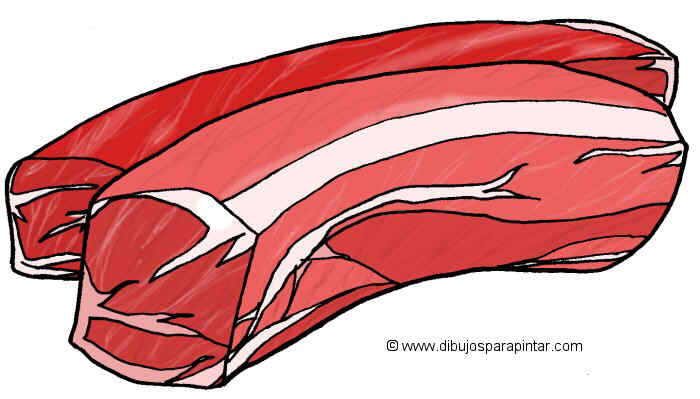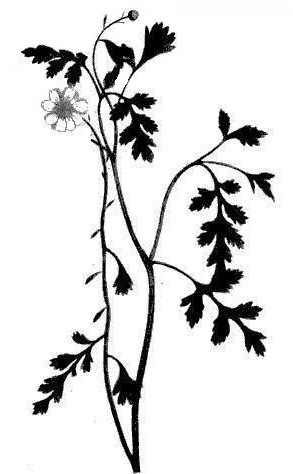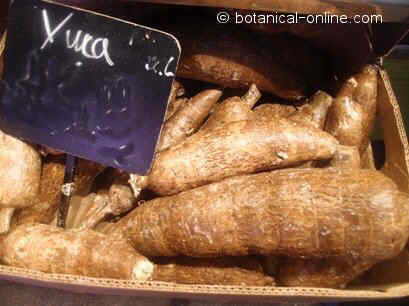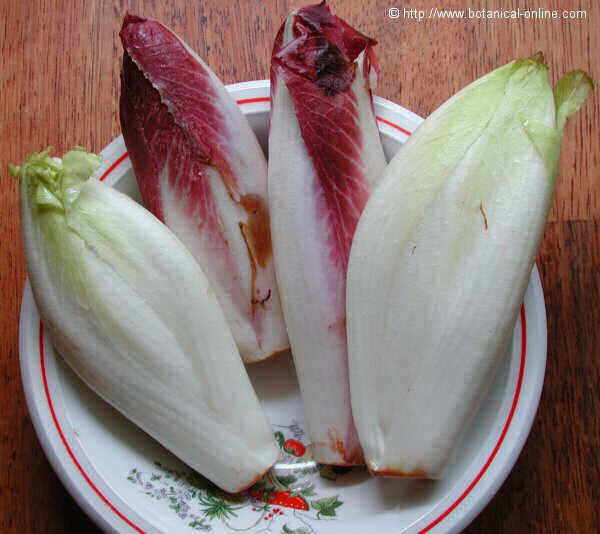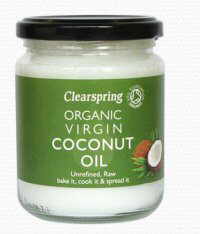Contents
Herbal medicine for arthritis
Antirheumatic plants for arthritis
Antirheumatic plants are those plants that help prevent the occurrence of rheumatic diseases because they have in their composition antirheumatic components. Among them mention the following: ascorbic acid, salicylic acid, anisic acid, thymol, cineole, menthol, lupeol or tryptophan. Using these plants is often a good way to prevent the occurrence of rheumatic diseases)
Plants rich in ascorbic acid
Among them we can highlight the following:
– Garlic (Allium sativum) (6 drops of fluid extract daily. Eating garlic cloves)
– Borage (Borago officinalis) (Infusion for 30 minutes of 15 g. Leaves. Drink a cup after the main meals)
– Onion (Allium cepa) (3 little cups a a day of the maceration of 50 g. of crushed onion in a liter of wine)
– Cabbage (Brassica oleracea) (Decoction of half an hour with a mixture of tender leaves of cabbage, tender onion and tender celery. Drink the broth at discretion several times a day)
– Coriander (Coriandrum sativum) (Dried fruit infusions, use of fruits in the kitchen)
– Broad bean (Vicia faba) (Decoction of 10 g. Of dried flowers in 1 / 4 liter of water. Drink the amount you wish:) or pods (Decoction of 10 g. of fresh pods in 1 / 4 liter of water.).
– Fig tree (Ficus carica) (Eat fresh or dried figs)
– Prickly pear (Opuntia ficus-indica) (Eat fresh fruit)
– Apple tree (Malus domestica Borkh.) (Eat fresh fruit)
– Grape fruit (Citrus paradisi) (Drink the juice of this plant)
Plants rich in salicylic acid
Among them we can highlight the following:
– Willow (Salix alba) (Infusion of young leaves)
– Elm (Populus nigra) (Decoction of bark)
– Cashew (Anacardium occidentale) (fruit intake)
– Pumpkin (Cucurbita pepo) (Ingestion of seeds.)
– Chamomile: (Matricaria chamomilla). (Infusion of a spoonful of dried flowers per cup of water. Take 2 to 3 cups per day)
– Strawberry (Fragaria vesca) (Three to four cups of the infusion of the leaves and roots)
– Green tea (Camellia sinensis) (Infusions of the leaves)
Anisic acid rich plants
– Anise (Pimpinella anisum) (infusion of dried fruits)
– Fennel (Foeniculum vulgare) (Decoction for 10 minutes to 2 ounces of fresh root in a liter of water. Drink a glass after the main meals)
Plants rich in thymol
– Basil (Ocimum basilicum) (Infusion of flowering tops)
– Celery (Apium graveolens) (eat the plant in salads)
– Lemon tree (Citrus limonum) (Take the fresh juice of the plant at will)
– Bitter orange (Citrus aurantium) (infusion of dried leaves)
– Green tea (Camellia sinensis) (Infusions of the leaves)
– Lemon Balm (Melissa officinalis) (infusion of the dried plant)
– Oregano (Origanum vulgare ) (Infusion of the dried plant)
– Pennyroyal (Mentha pulegium) (Infusion of the dried plant) (See toxicity of pennyroyal)
– Thyme (Thymus vulgaris) (Infusion of a spoonful of dried plant. 2 cups per day.)
*Related information: Plants rich in thymol
Plants rich in cineol
– Winter savory: (Satureja montana ) (Infusion of the dried plant)
– Coriander (Coriandrum sativum) (dried fruit infusions, use of fruit in the kitchen)
– Lemon verbena (Lippia citriodora) (Infusion of a spoonful of dried plant per cup of water. Three cups a day)
– Bay (Laurus nobilis L.) (4 drops of essential oil 3 times daily) (4 drops of essential oil 3 times daily)
– Lemon tree (Citrus limonum Risso) (Take the fresh juice of the plant at will)
– Water mint (Mentha aquatica) (infusion of the dried plant)
– Yarrow (Achillea millefolium) (infusion of dried leaves)
– Orégano (Origanum vulgare) (Infusion of the dried plant)
– Rosemary (Rosmarinus officinalis) (infusion of the dried plant)
– Tansy (Tanacetum vulgare) (infusion of the dried plant)
Plants rich in menthol
– Basil (Ocimum basilicum) (Infusion of flowering tops)
– Ground ivy (Glechoma hederacea) (infusion of the dried plant)
– Yarrow (Achillea millefolium) (infusion of dried leaves)
– Water mint (Mentha aquatica) (infusion of the dried plant)
– Pennyroyal (Mentha pulegium) (Infusion of the dried plant) (See toxicity of pennyroyal)
Lupeol-rich plants
– Aloe vera (Aloe vera) (Dangerous. Use with caution)
– Bearberry (Arctostaphylos uva-ursi) (infusion of dried leaves) (It has a high tannin content that is toxic in high concentrations)
– Green Tea (Camellia sinensis) (Infusions of the leaves)
– Tomato (Lycopersicon esculentum) (eat fresh tomatoes in salads)
Plants rich in tryptophan
– Garlic (Allium sativum) (6 drops of fluid extract daily. Eating garlic cloves)
– Onion (Allium cepa L) (Eating raw onion)
– Asparagus (Asparagus officinalis L) (eat asparagus in salads or cooked)
This component appears in the composition of many fruits, so they should eat regularly: Pepper (Capsicum annuum L.), papaya (Carica papaya L.), cashew (Anacardium occidentale L.), mango (Mangifera indica L.), Chestnut (Castanea sativa Miller), orange (Citrus sinensis (L.) OSBECK) mandarin (Citrus reticulata), lime (Citrus aurantiifolia), grapefruit (Citrus paradisi Macf), avocado (Persea americana Miller), watermelon (Citrullus lanatus), squash (Cucurbita pepo L.), cucumber (Cucumis sativus L.), bananas (Musa x paradisiaca L.), fig (Ficus carica L.), strawberry (Fragaria vesca).
![]() More information about arthritis natural treatment.
More information about arthritis natural treatment.


